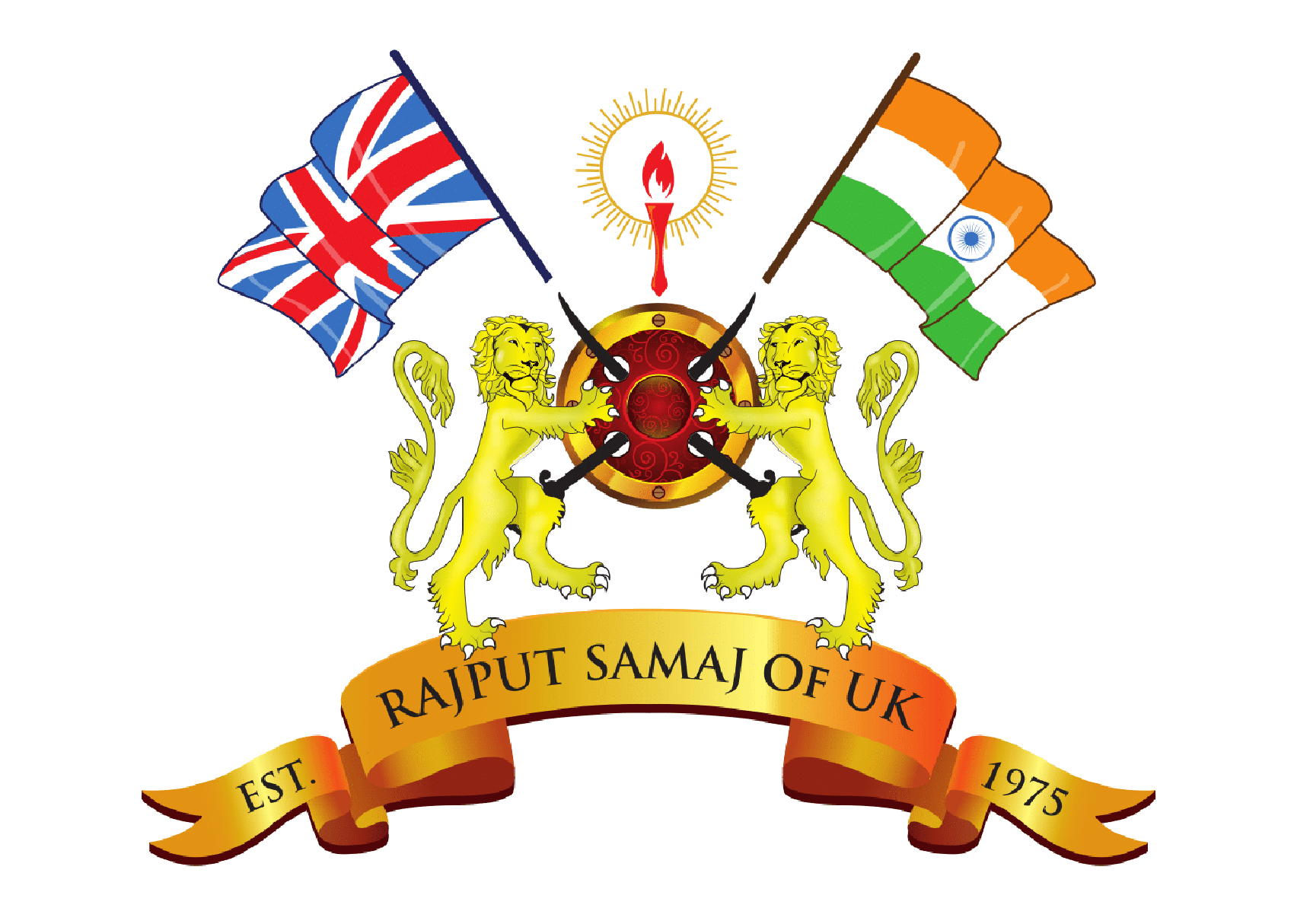History of Sisodias
The Sisodia (also known as Sisodiya, Sesodia, Shishodia, Shishodya, Sisodya or Sisodhya) are Chattari rajputs of the Suryavanshi lineage who ruled over the kingdom of Mewar in Rajasthan. Prior to Rana Hamir the clan was known as Gehlot or Guhilot.
In 1303 CE, Alla-ud-din Khilji attacked Chittor for the second time after 5 years. According to legend the events following up to the sack of Chittor, defeat of the Rajput was evident. Most fighting men had fallen during the first siege of Chittor. In an attempt to save face, all Rajput men went down fighting during the last stages and met certain death. Meanwhile Rani Padmini committed Jauhar or self immolation with all Rajput women. Muslim invaders often captured women ads war bounty. Young boys of the clan were not in the fort during the assault therefore the lineage survived. Amongst the survivors was Hammir who hailed from Sisoda village. Hamir’s Queen, and daughter of Mal Dev Songira helped him recover Chittor. Ultimately Rana Hamir re-established rule over Chittor after 16 years of Muslim occupation. His clan was renamed Sisodia after their village of “Sisoda”.
Sisodias claim their descent from Lord Rama – who was from the Raghav (Raghuvanshi) clan of Suryavanshi dynasty. Lord Rama is the hero of the famous Hindu epic The Ramayana and the Sisodias claim descent through his son, Luv.
They claim that the flag of Luv and the insignia of ‘Sun’ that is embossed on a crimson back ground still flutters on their ramparts. The clan claims that they had moved from Lahore that was also known as ‘Lohkot’ or ‘Lavasthali’ to Shiv Desh, or Chitor in V.S 191. The gotras of sisodias is Vaishampayan. The Lord Jaharveer Goga ji were from a Sisodia (Bachal) family.
History
| Vansh: | Suryavansh |
|---|---|
| Descended from: | Koshal |
| Branches: | Gahlots, Bachals, Gohils. |
| Ruled in: | Delhi, Agra, Uttar Pradesh, Haryana, Rajasthan, Gujarat. |
| Princely States: | Ayodhya Awadh Koshal Rajputana |
